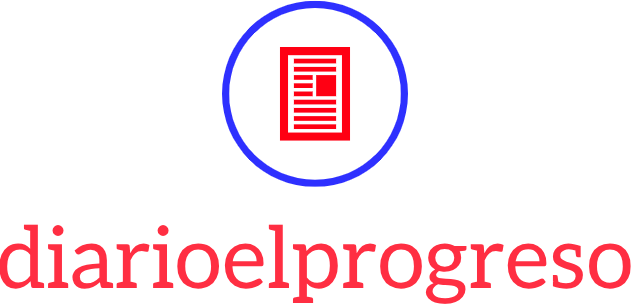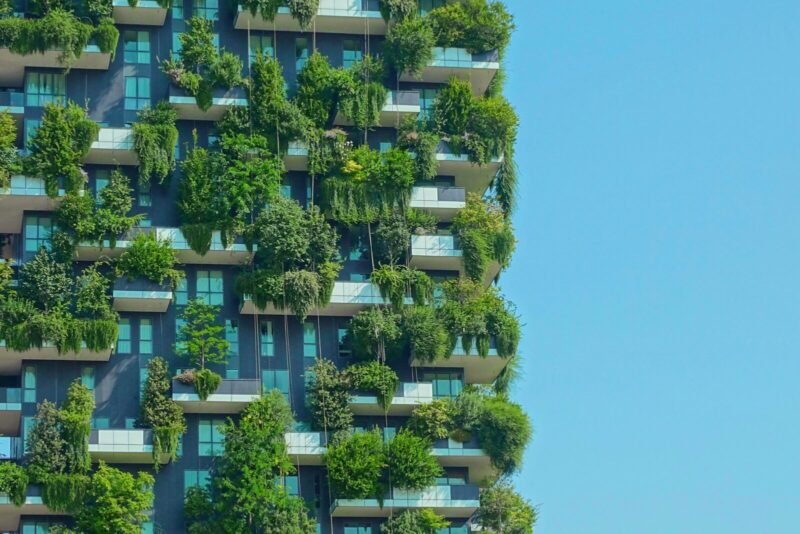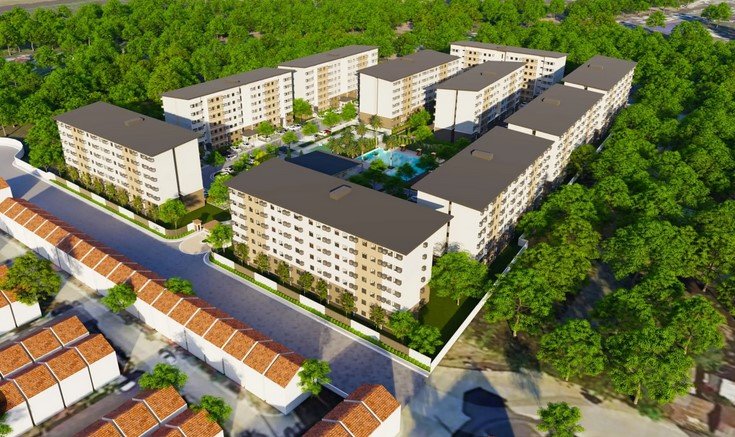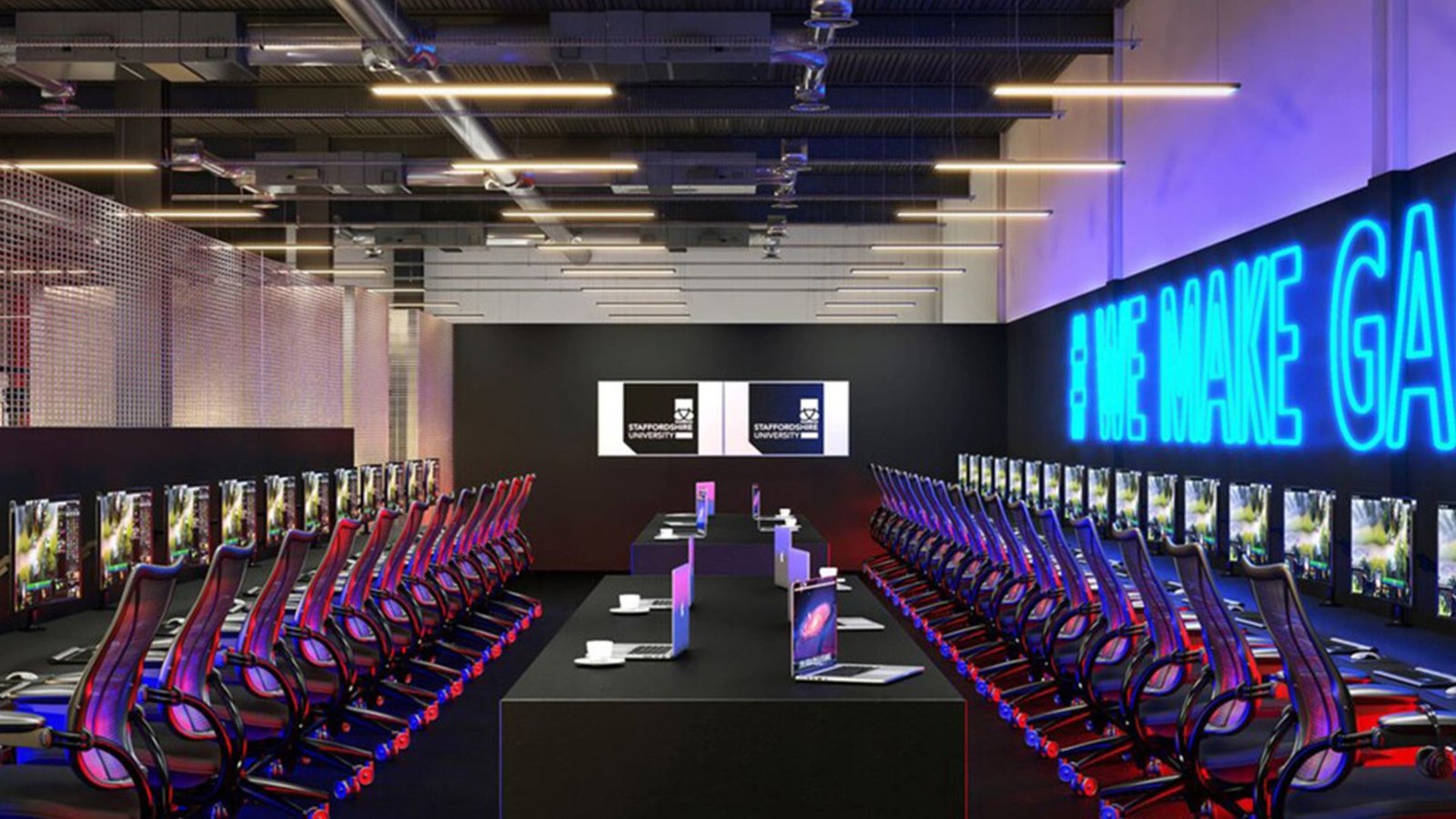As environmental concerns become more pressing, eco-friendly real estate developments are gaining popularity. These projects not only aim to reduce their carbon footprint but also provide sustainable living options for residents. In this article, we’ll explore some of the best eco-friendly real estate developments that showcase innovative designs and green technologies. Let’s dive into this exciting trend!
Key Features of Eco-Friendly Developments
Sustainable Materials
One of the hallmarks of eco-friendly real estate developments is the use of sustainable materials. Builders often opt for renewable resources, such as bamboo, reclaimed wood, and recycled steel. These materials not only reduce waste but also create a healthier living environment. For example, using low-VOC (volatile organic compounds) paints and finishes improves indoor air quality, benefiting residents’ health.
Energy Efficiency
In addition to sustainable materials, energy efficiency is a crucial aspect of eco-friendly developments. Many modern homes incorporate energy-efficient appliances, LED lighting, and high-quality insulation. These features not only lower utility bills but also minimize energy consumption. Some developments even include solar panels, enabling homeowners to generate their own renewable energy. This commitment to energy efficiency exemplifies how eco-friendly real estate can lead to substantial long-term savings.
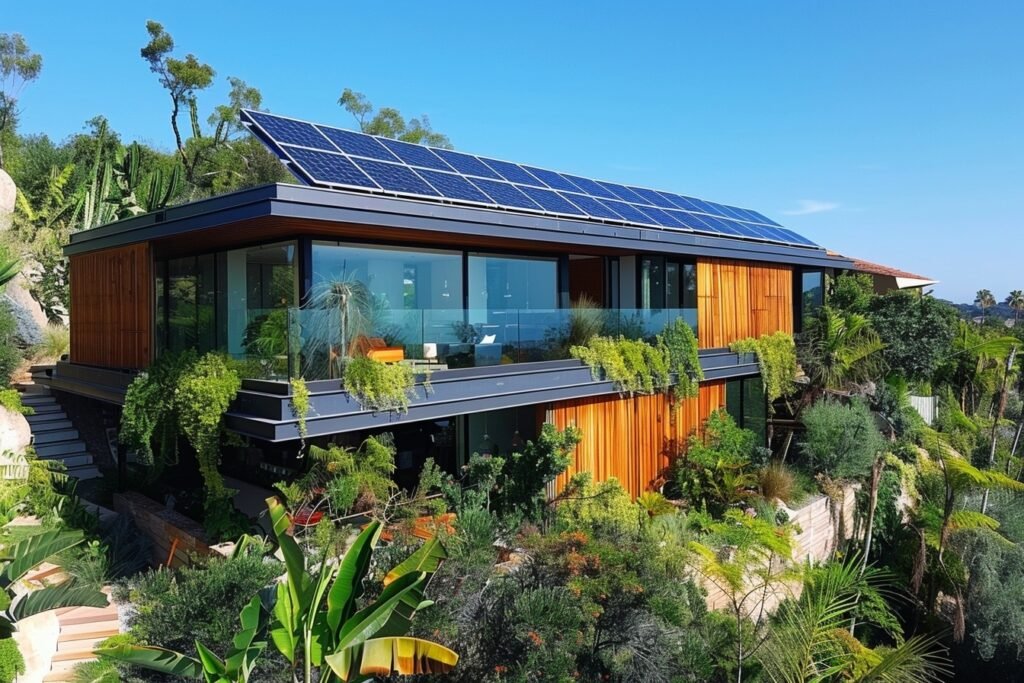
Notable Eco-Friendly Real Estate Developments
The Edge, Amsterdam
First on our list is The Edge, a groundbreaking office building in Amsterdam. Known as one of the greenest buildings in the world, The Edge features innovative technologies that prioritize sustainability. It utilizes an extensive solar panel system and an aquifer thermal energy storage system, drastically reducing its energy needs. Additionally, the building boasts a green roof that promotes biodiversity while offering natural insulation.
Bosco Verticale, Milan
Next up is Bosco Verticale, or “Vertical Forest,” in Milan, Italy. This residential development consists of two towers adorned with over 9,000 trees and 20,000 plants. Not only does this unique design contribute to air quality improvement, but it also provides natural insulation and reduces urban heat. Residents enjoy the benefits of nature right outside their windows, making this development a prime example of eco-friendly living.
Masdar City, Abu Dhabi
Another remarkable eco-friendly development is Masdar City in Abu Dhabi. Designed to be a zero-carbon city, Masdar incorporates renewable energy sources and sustainable transportation systems. The city features solar-powered buildings and is car-free, promoting walking and cycling. By prioritizing green spaces and minimizing environmental impact, Masdar City sets a new standard for urban living in harmony with nature.
Benefits of Eco-Friendly Developments
Enhanced Quality of Life
Living in eco-friendly real estate developments offers numerous benefits, starting with an enhanced quality of life. Residents enjoy improved air quality, access to green spaces, and energy-efficient amenities. These features contribute to a healthier lifestyle, making eco-friendly communities attractive options for families and individuals alike.
Increased Property Value
Moreover, eco-friendly properties often see increased market value. As more buyers prioritize sustainability, properties with green certifications or features become more desirable. This trend can lead to higher resale values, making eco-friendly investments not only good for the planet but also financially rewarding.
Challenges in Eco-Friendly Development
Initial Costs
While eco-friendly developments offer long-term savings, they can come with higher initial costs. Sustainable materials and technologies may require a larger upfront investment, which can deter some developers. However, as demand for eco-friendly housing grows, more cost-effective solutions are emerging, making sustainable construction increasingly feasible.
Regulatory Hurdles
Additionally, navigating regulatory hurdles can pose challenges for eco-friendly real estate projects. Zoning laws, building codes, and environmental regulations can vary significantly by location. Developers must stay informed and proactive to ensure compliance while promoting sustainable practices.
Conclusion: A Greener Future in Real Estate
In conclusion, eco-friendly real estate developments represent a promising shift toward sustainable living. With their focus on renewable materials, energy efficiency, and innovative designs, these projects not only benefit the environment but also enhance the quality of life for residents. As we continue to prioritize sustainability, the demand for eco-friendly developments will only increase. By investing in these initiatives, we contribute to a greener future for generations to come. Whether you’re a buyer or a developer, embracing eco-friendly practices can lead to a brighter, more sustainable world.
